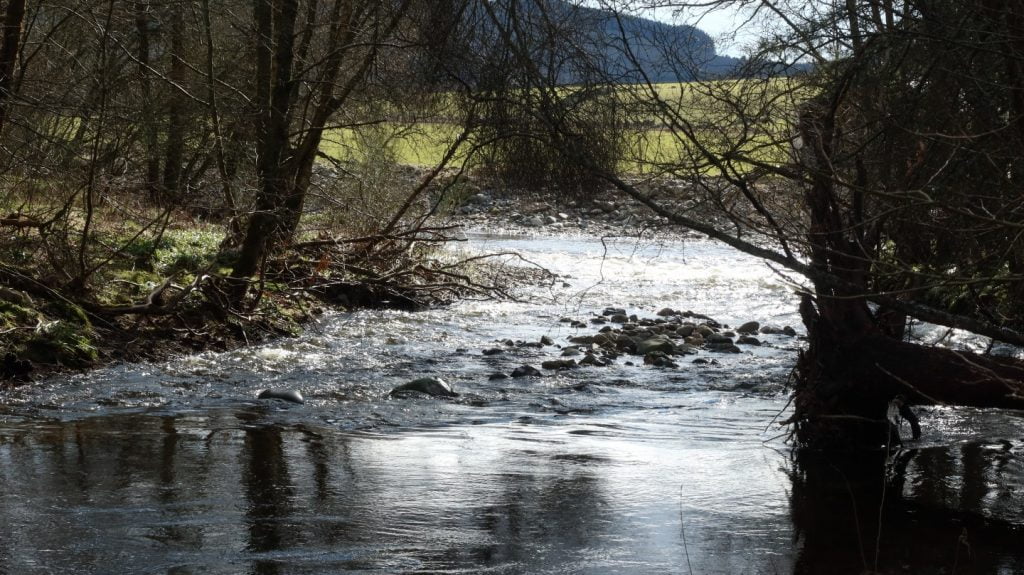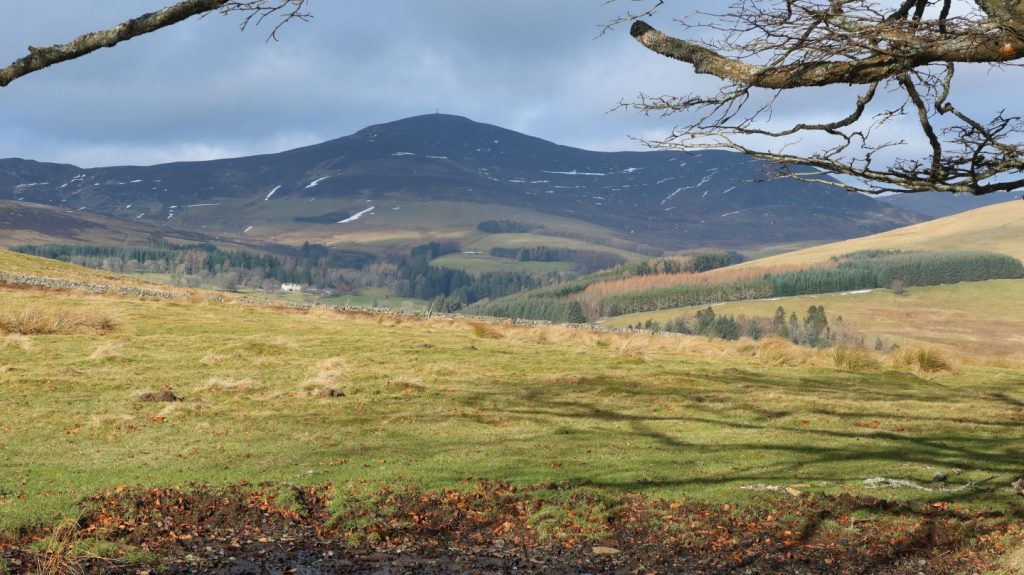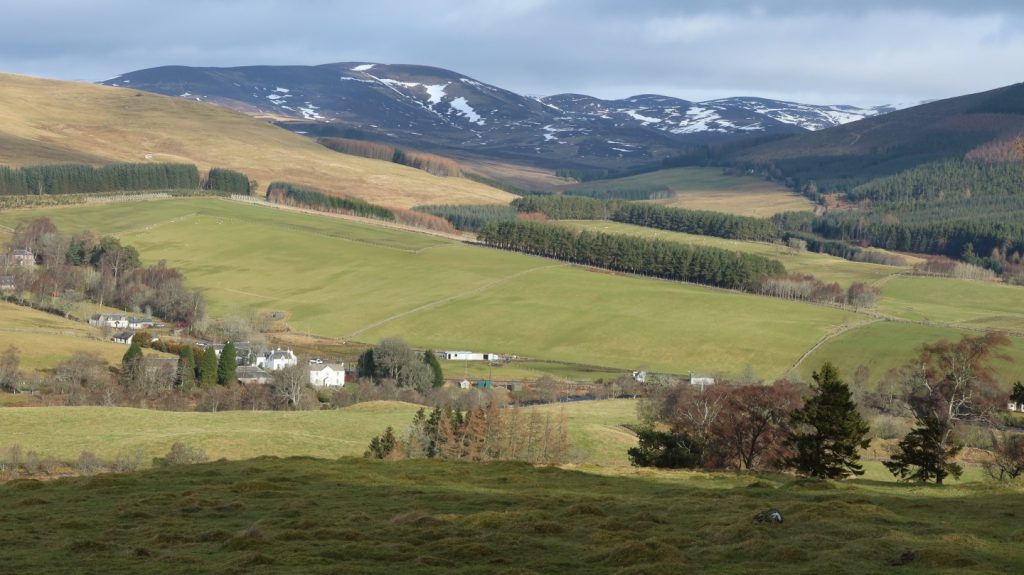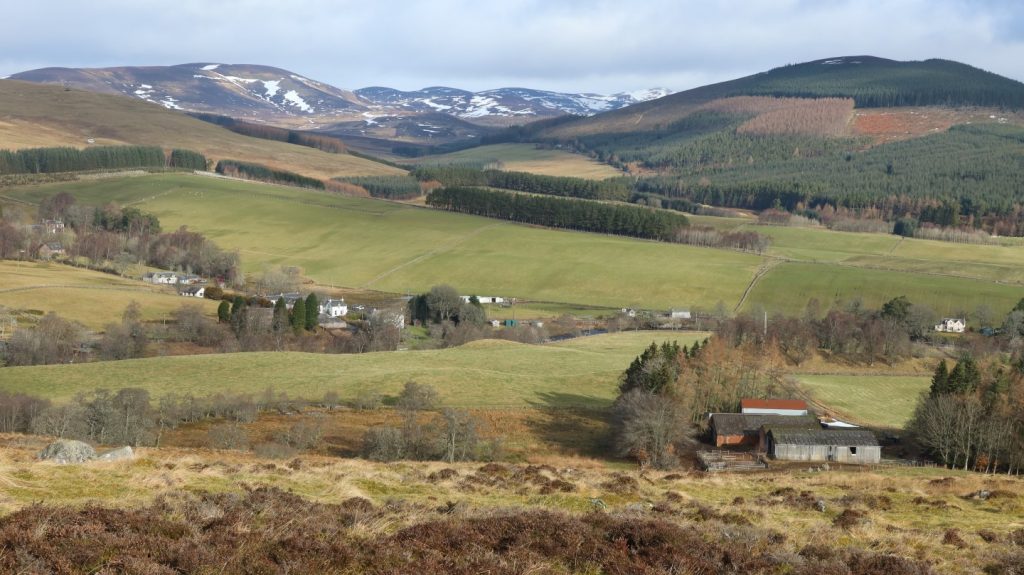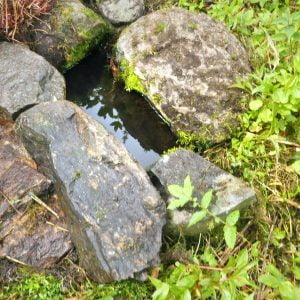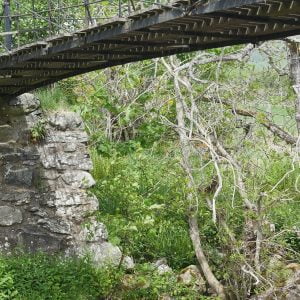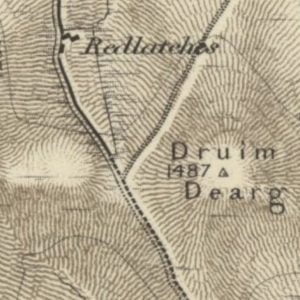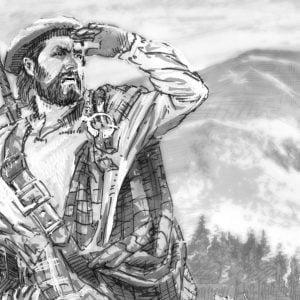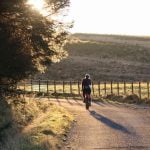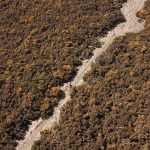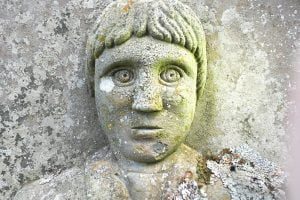
Summary
Each of the sites in this itinerary show an aspect of Glenisla's rich history. With droving, cattle markets, Benedictine and Cistercian monastic orders, neolithic settlements and ritualistic sites, engineering firsts and the glimpses and insights into everyday life in the Glen in the middle ages, we have something for all the family.
The village and Glen hub also has amenities including a play park and The Glenisla Hotel.
You can download the leaflet that goes with this itinerary here.
Scottish Outdoor Access Code: know the code before you go
You can download our booklet, From Deep Time To Our Time, Walking Across The Cateran Ecomuseum here.
You can also listen to an audio version of each of the Points of Interest, spoken by Kevin Grieg from the Glenisla History Society.
Please use the arrows on left/right side to go to previous/next route
Route Stats
Total Distance: 6.25 km
Total Ascent: 190 m
Terrain: Hilly on paths and a short section on the road. Good footwear needed.
Route Category: Straightforward
Walking Time: 2 - 3 hrs
Start/Finish: Kirkton of Glenisla Hall
OS Grid Ref: NO 21403 60404
Nearest Parking: At the start
Key Facilities on Route: Kirkton of Glenisla (accommodation, restaurant)
OS Landranger Map: 44/53 (or custom Cateran Ecomuseum map)
For information on local accommodation & services click here
Please click on images to open slideshow, esc to close.
Photographs: Markus Stitz
Route Description
Start at the Kirkton of Glenisla Hall. Take a right turn first towards the Kirkton of Glenisla Lady Well and Glenisla Kirk. Return the same way and pass the Hall. On your left Brackny Bridge - the oldest known bridge of its type in Scotland - takes you over the River Isla. Follow the Cateran Trail up the hill towards Whitehills Wood, where you leave the Cateran Trail and follow the route of the old Coffin Road towards Druim Dearg or Bell Cairn, the highest point of the walk and an ancient burial site. Follow the same way back to the start. To extend the walk, take the Cateran Trail through Whitehills Wood, cross the River Isla at Whitehills and head back on the road into Kirkton of Glenisla.
Find out more about some of the key Points of Interest below.
Points to visit
Along the way you will find these points of interest:

Kirkton of Glenisla
The heart of Glenisla. Kirkton of Glenisla is an ancient farming community and little has changed over centuries in the way the land has been managed. The remains of Bronze Age and Pictish sites, small farms, shielings, and meal mills can still be...
Read more - "Kirkton of Glenisla"
The Kirkton of Glenisla Lady Well
Site of an ancient well. The adjacent church is dedicated to the Virgin Mary, implying a very feminine presence on this site, including this well. In Celtic times, wells, particularly those for the goddess Bridhe, would have played an important part...
Read more - "The Kirkton of Glenisla Lady Well"
Glenisla Kirk
A popular wedding venue. The present church was built in 1821 replacing an older church known as The Blessed Virgin. This medieval church or chapel was located on the same site now occupied by the present church. It was dedicated to the Blessed...
Read more - "Glenisla Kirk"
Brackny Bridge
The oldest known bridge of its type in Scotland. Built in 1824 by engineer John Justice of Dundee as a prototype for a larger version at the Haughs of Drimmie, this bridge has a span of 19 metres and a sheep gate at one end. It is the oldest known...
Read more - "Brackny Bridge"
Druim Dearg or Bell Cairn
A prehistoric monument. The remains of a kerb cairn, a stony mound containing or concealing deliberately deposited human remains, was recorded on the north shoulder of Druim Dearg by the Ordinance Survey in 1967. It consists of large stones set...
Read more - "Druim Dearg or Bell Cairn"
The Caterans
The story behind the word Cateran. ‘Cateran’ derives from the Gaelic word ceatharn meaning ‘warrior’, but usually one that is lightly armed. The term was originally given to a band of fighting men of a Scottish Highland clan but in the...
Read more - "The Caterans"
